Officially known as the Republic of Mauritius, located off the southeast coast of Africa, this little island is jam packed with endless beauty, white sandy beaches, top of the line accommodation, and stunning landscape. Enjoy perusing our favorite aspects of this magical luxury destination!
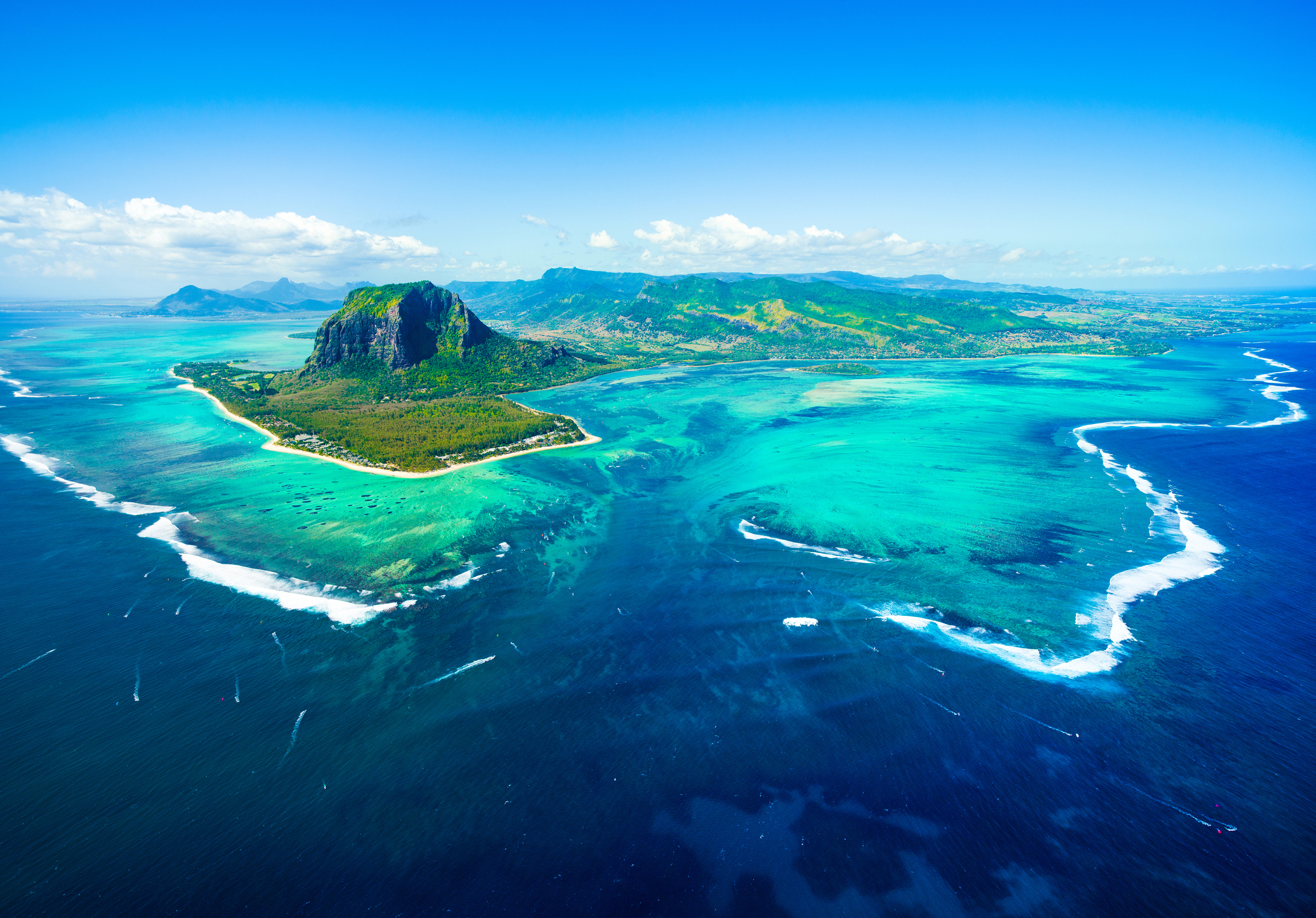
History: A Cultural Melting Pot
Before Dutch settlers arrived in 1598, the island was completely uninhabited and untouched. It was a tropical haven with jungles of indigenous botanicals and an array of exceptional animals and birds, many of which are now sadly extinct. Following Dutch possession, the French took formal colonization from 1715 and began sending settlers and slaves from parts of existing African-French colonies (and Creoles) via the French East India Company. Almost a century later in 1810, the island was captured by the British during the Anglo-French war and was officially ceded to Britain in the Treaty of Paris in 1814. After slavery was abolished in 1834, there were roughly 70,000 registered slaves from various African countries and they were replaced by more than 200,000 Indian and Chinese laborers and traders arriving between 1840 and 1870. With so much European, African, and Asian inhabitants, Mauritius became a great example of cultural integration. Although the country has a vastly mixed cultural dynamic, there is a cohesive unity and pride among the citizens about being Mauritian!
Mauritius officially gained their independence from England in 1968 after a long battle seeking self-government. The island has a current population of about 1.2 million people. There is no official language, although all government and official work is conducted in English. Interestingly, however, most television channels and newspapers are in proper French which is used and understood more by the local population than English. Verbally, the majority (about 90%) of locals tend to speak Mauritian Creole, which is a French-influenced language.
In conjunction with such a diverse population, there is also a diversity of religion on the island. There is no official religion and religious freedom is extremely important to the inhabitants. Hindus make up about 50% of the population, Christians about 30%, Muslims around 15%, and other various religions about 5%. With such religious diversity, the island boasts an array of beautiful Hindu shrines, mosques, pagodas, and cathedrals.

Climate
Mauritius has a mild, tropical climate with warm weather year-round allowing for long periods of ideal conditions. We recommend visiting Mauritius between May and December when conditions are cool, dry, and sunny.
Mauritian winter lasts from May to October. During these months, winds blow over the island from the east to the southeast. We recommend avoiding the east coast of the island in July and August when the wind is at its strongest.
The summer season lasts from November to April. During these months the weather is hot and humid, and rainfall is abundant. We don’t recommend visiting Mauritius during the wet cyclone season, from January to March,
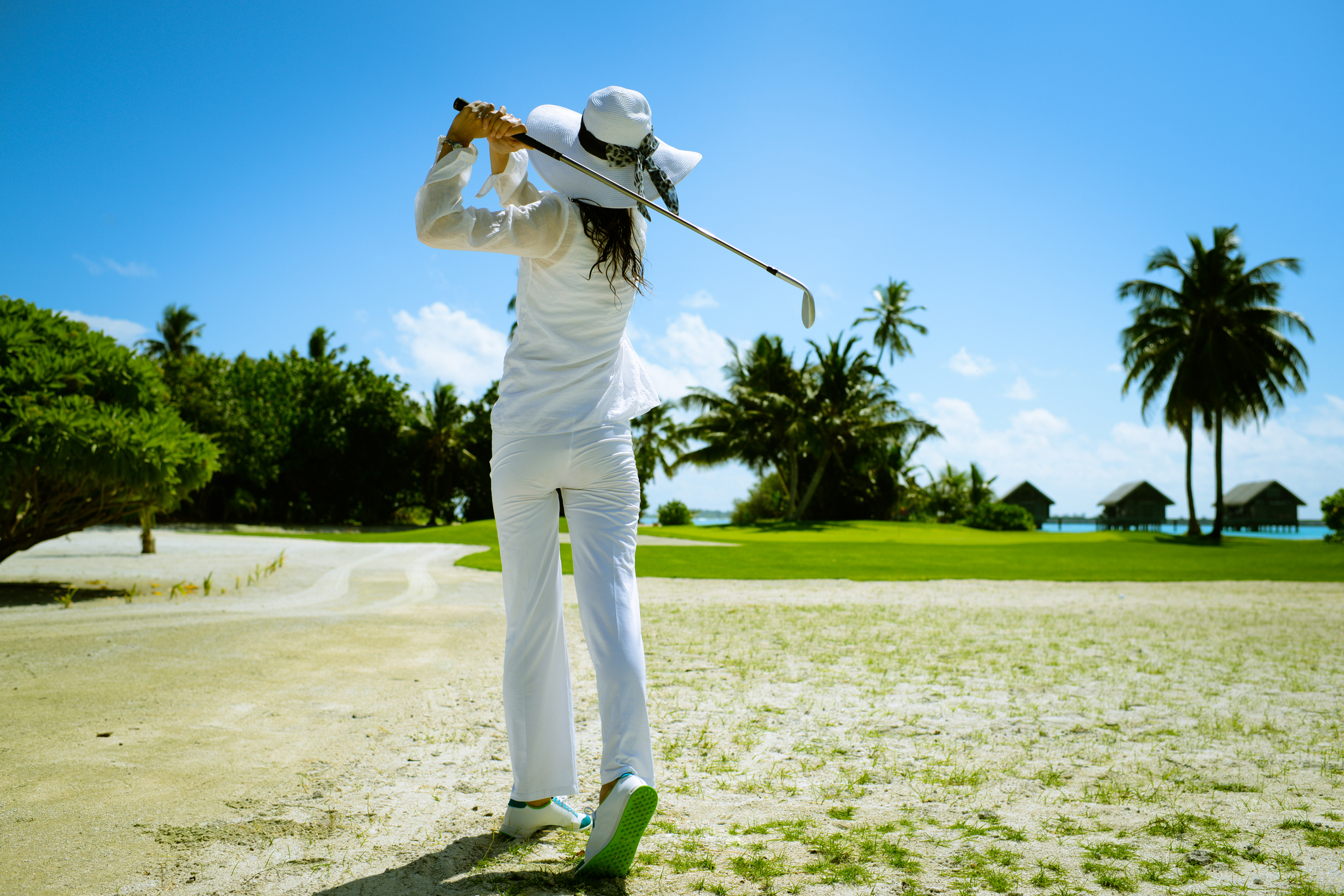
Mauritius as a Luxury Destination
With many leading and world-class resorts available, Mauritius has become a staple of luxury for tropical travel. With such stunning views of the Indian Ocean and incomparable landscape, its beauty and charm was best enjoyed by those who expected a high standard, and the island answered by focusing their efforts on luxury accommodation, experiences, and dining options. Compared to its nearby counterparts Seychelles and the Maldives, Mauritius was built and became a luxury hotspot long before they were “discovered”. Over the years as the other islands became better known, Mauritius was able to focus on its luxury niche even further with less tourism and more focus on individual visitors. It is also a golfers paradise, with world-class golf courses available along with some of the most jaw dropping backdrop views in the world.
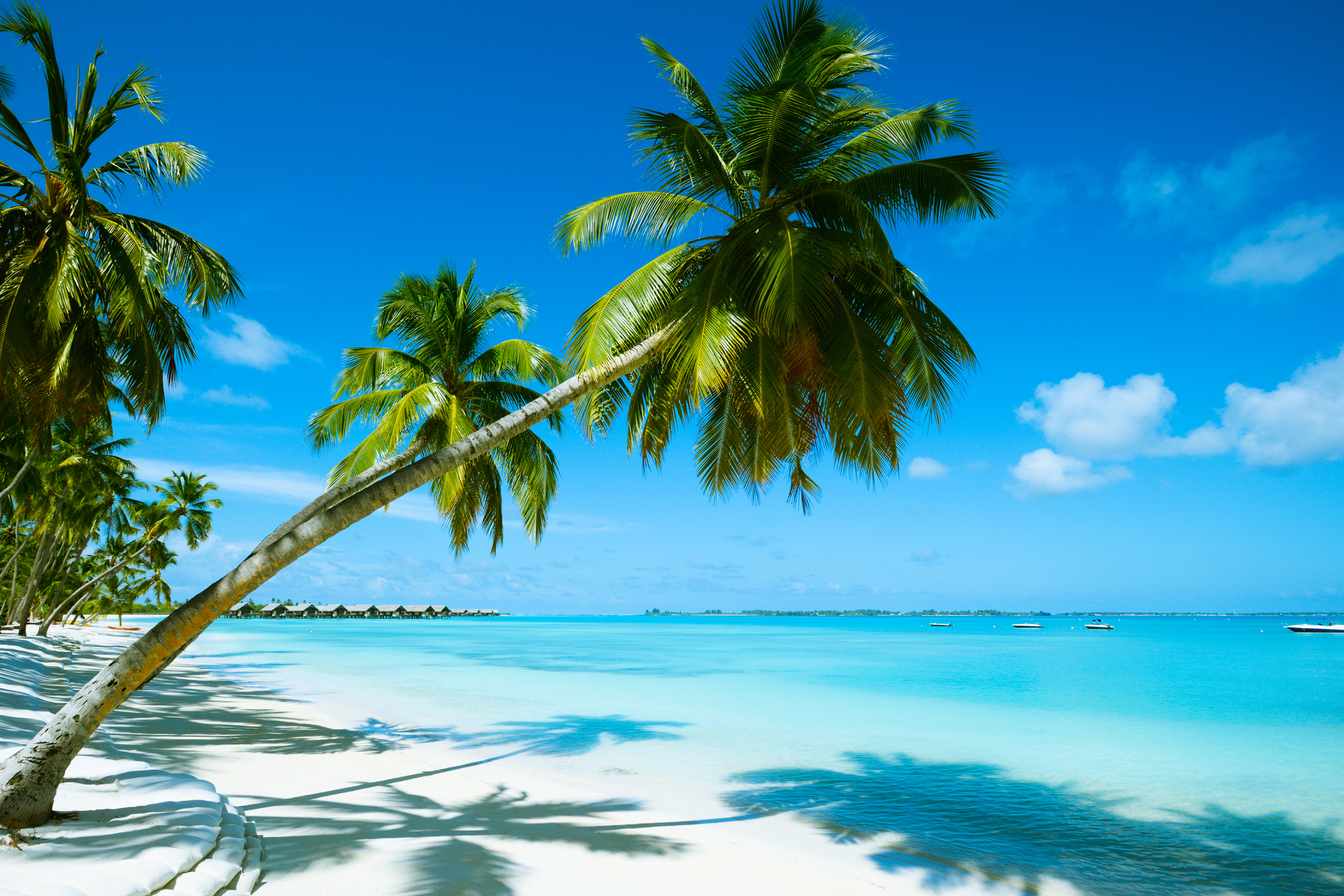
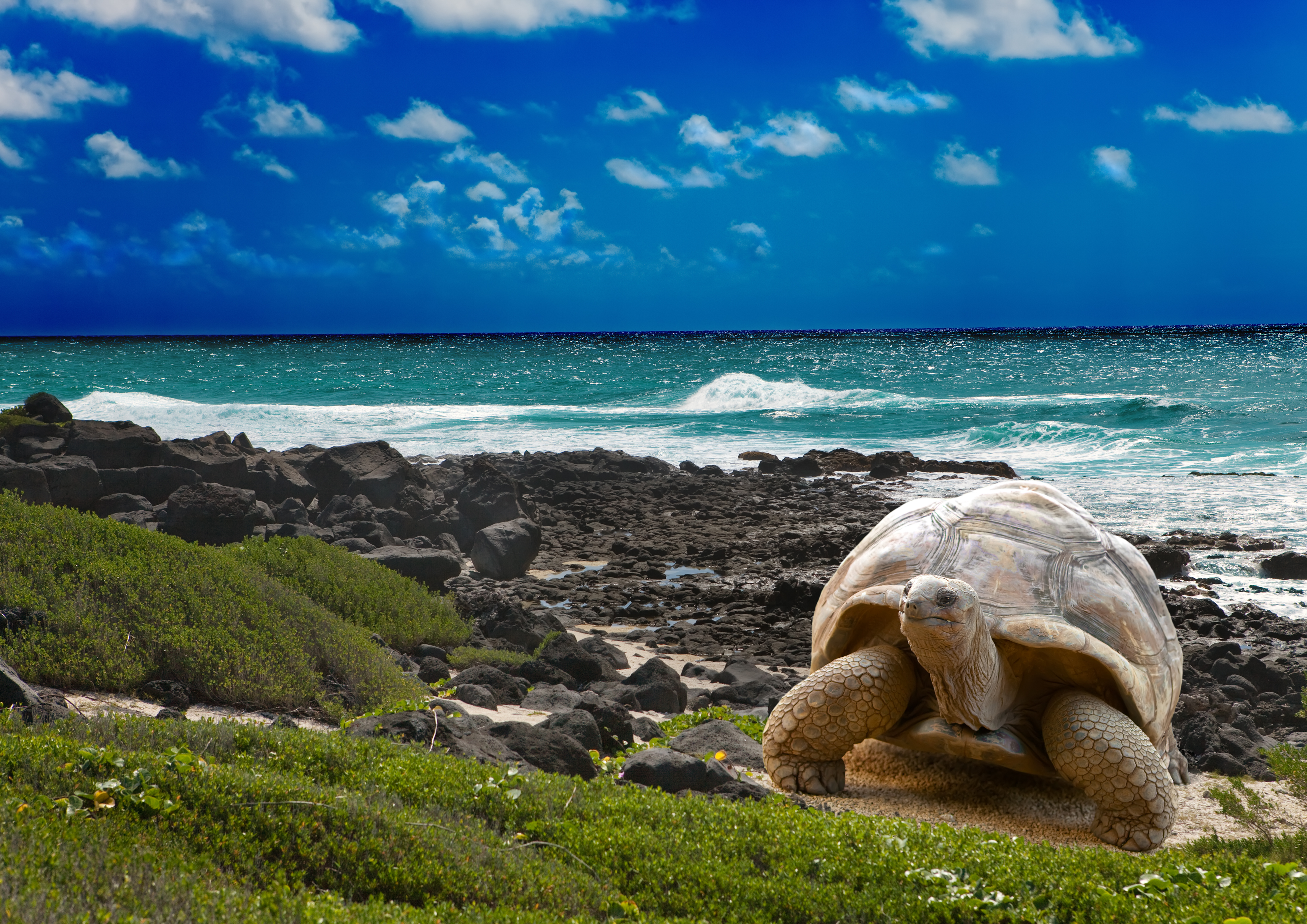
Landscape, Beaches, Wildlife, and Flora
Mauritius is a single island lined with reefs and beautiful beaches. The interior of the island is contained by rugged mountains and hills, covered in tropical lush foliage.
Perhaps one of the most wonderful aspects of the island is its infamously beautiful white sand beaches. These white sand beaches are accented by rows of tropical coconut trees and an endless backdrop of warm blue/turquoise ocean water. It is for the stunning beaches that Mauritius has been deemed the “Paradise of the Indian Ocean”. These white lined beaches are in abundance throughout the island with over 200 miles of coastline, as are coral reefs and big lagoons. And with all beaches being completely public, you are welcome to explore and discover the coastline freely and relax/unwind wherever you feel most tranquil!
Wildlife and flora are also an important part of the island and a lot of the fun for visitors! On land, the only native animal found today is the fruit bat. However, lots of animals have been introduced to the island such as giant tortoises and over 100 species of birds. Plantlife on the island is a huge part of the ecosystem, with over 1,000 species of flora, 300 of which are endemic. With so many different kinds of trees and plants – there is a forest preservation group on the island dedicated to keeping the botanics well kept and flourishing. While visiting, you’ll want to be sure to make a stop at the Pamplemousses Botanical Gardens where you can find rare and endangered plant species!
Scenic Hiking
Mauritius has some of the most beautiful hiking trails in the world, making it a hikers paradise! Here are three of our favorite trails just waiting to welcome you.
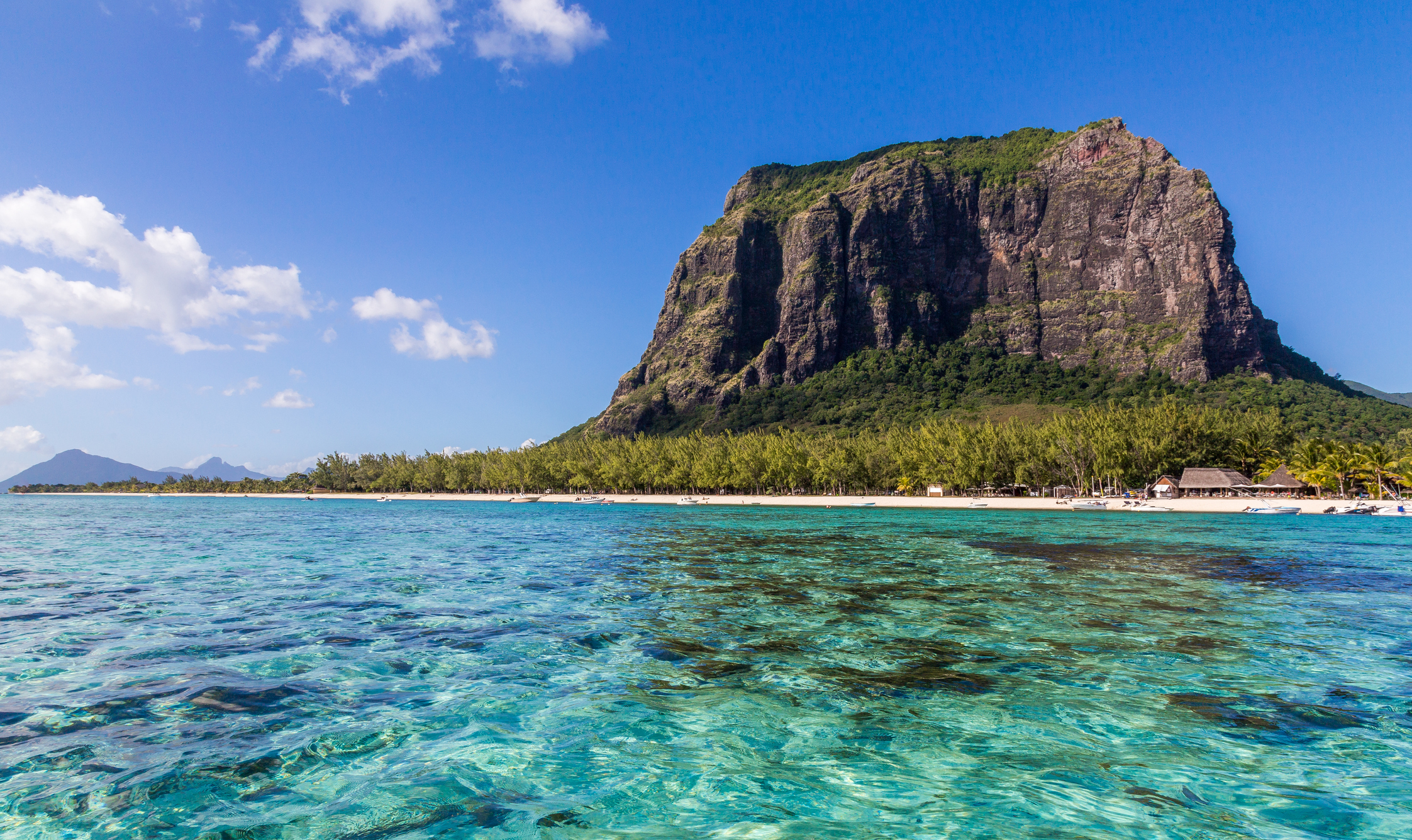
Le Morne Brabant Peak
Distance: 3.9 miles
Elevation Gain: 1,528 feet
Difficulty: moderate
Some consider Le Morne Brabant mountain’s hiking trail the best hike in all of Mauritius. The views from the top of the peak offer hikers a 360 degree view over the island, with lots of hills, forests, and the beautiful white sand beaches all exposed in one breathtaking panorama. It is located on the southwest part of the island and is very easy to get to via car. The hike itself will take the average hiker about 3-4 hours to complete. It’s a very gradual incline with flat terrain and well marked trails. Although recommended to hike with a guide, it is not mandatory and hikers can explore and discover on their own if they wish!
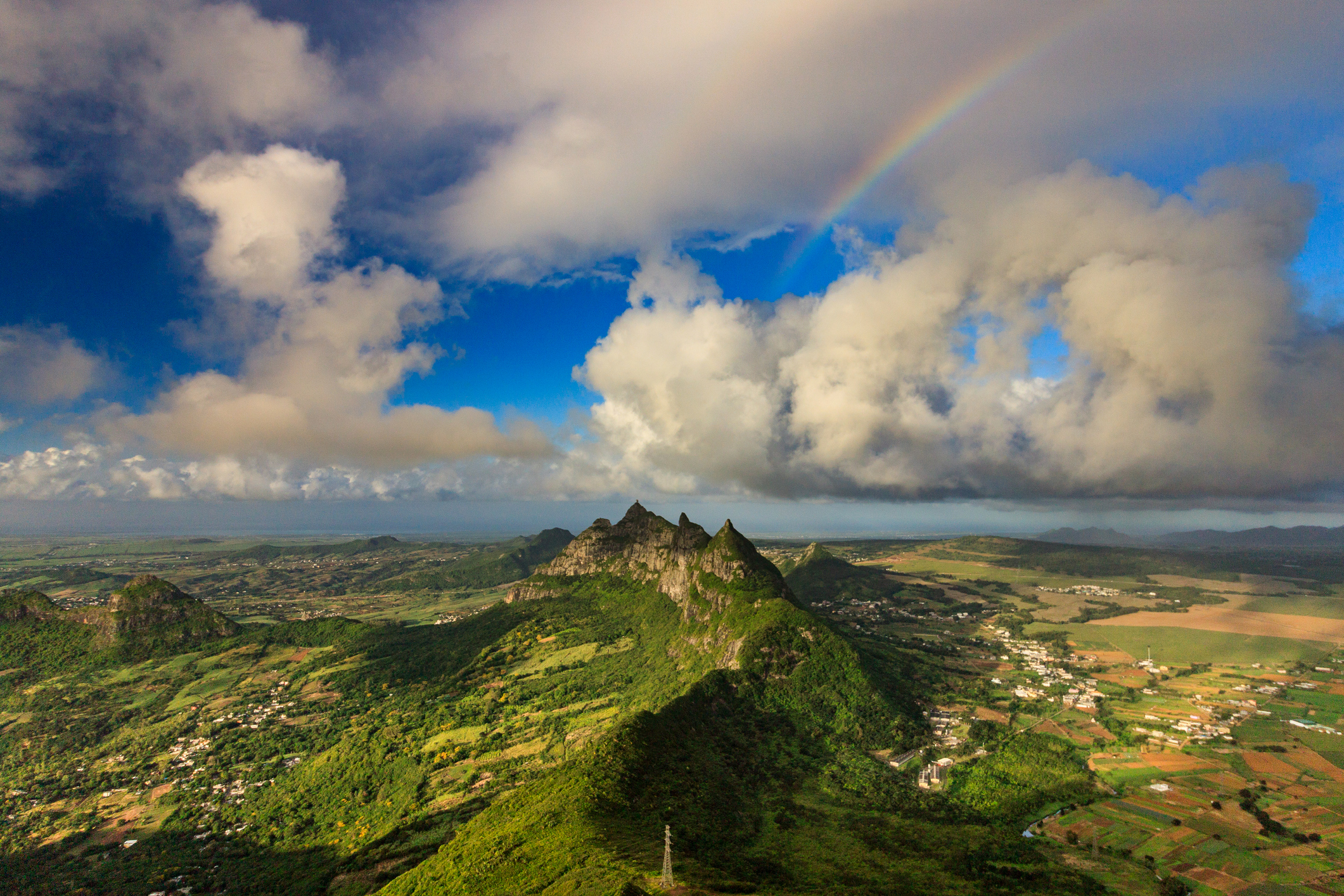
Le Pouce Trail
Distance: 2.6 miles
Elevation Gain: 1,200 feet
Difficulty: moderate-difficult
As the third-largest mountain on Mauritius, Le Pouce Trail has become a very popular route for those looking for a fun and adventurous hike. This trail is used by both locals and tourists alike, and even had a visit from Charles Darwin in 1836! Most hikers take the southern (more standard) route, although there is a northern route that is longer and slightly more difficult. Although the path is well laid out and is on a gradual incline, the difficulty in this hike comes from the last portion where you must climb a steep “thumb” that is rocky and exposed. Once the tricky part is over, however, the 360-degree views from the peak over the island are incredible!
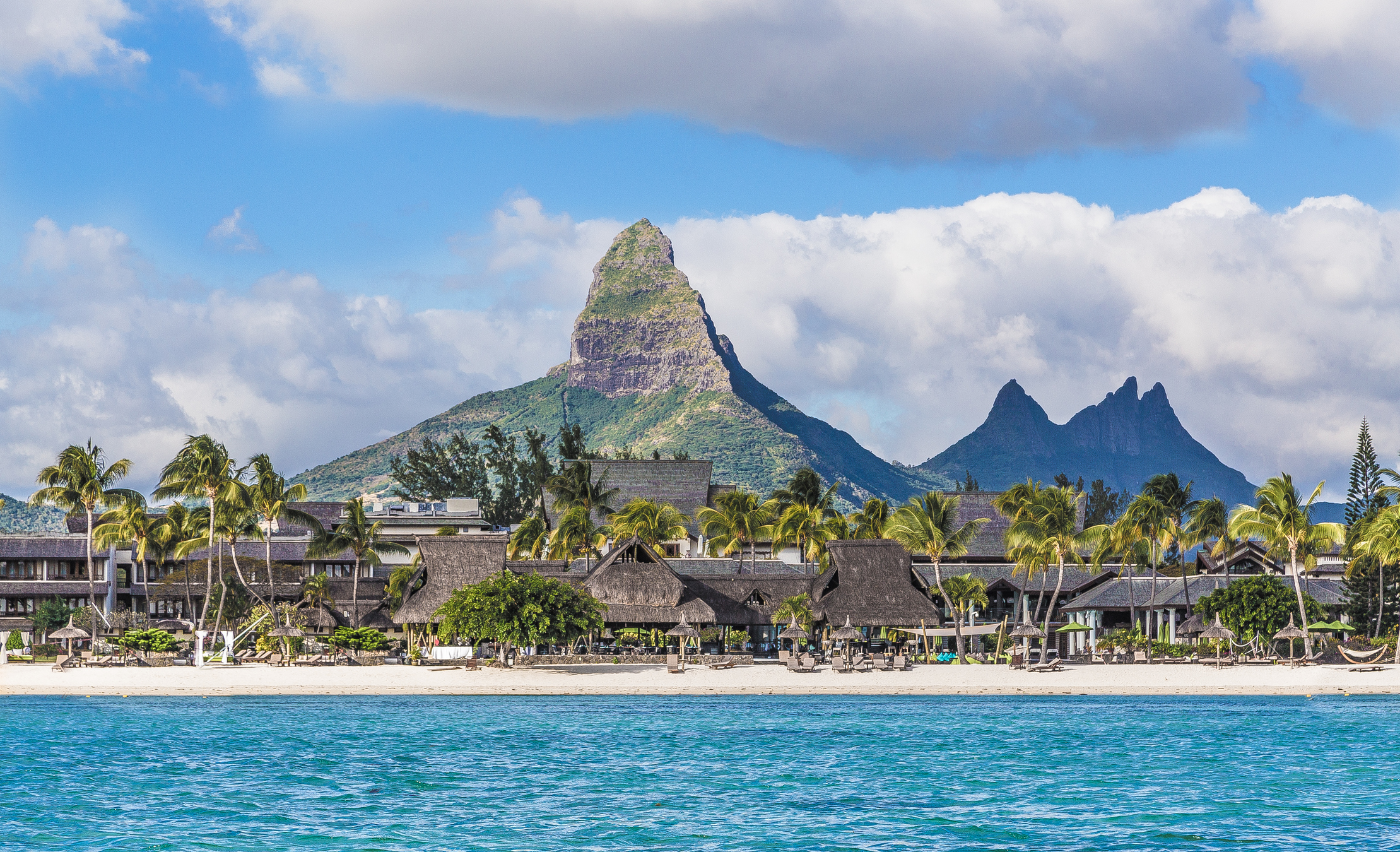
Piton Mauritius Trail
Distance: 4.2 miles
Elevation Gain: 2,717 feet
Difficulty: moderate
If you are looking for that postcard-worthy photo from the top of a peak, Piton is sure not to disappoint! You will be able to experience the beauty of Mauritius from the highest peak of all of the islands. The first part of the trail is shaded with vegetation and beautiful greenery. As you ascend, the farming landscape will open, allowing you to begin to take in the views from the island below. The most challenging part of the hike is the last portion that can be a little rocky, but once you have made it past the hard part you are rewarded with stunning panoramic views of the islands lush greens, turquoise waters, and stunning hills and mountains in the distance!
Luxury Accommodation
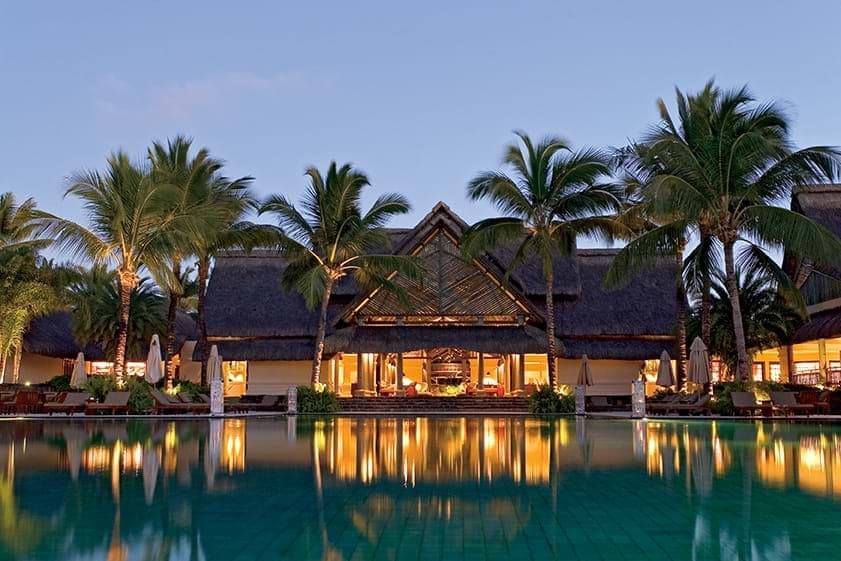
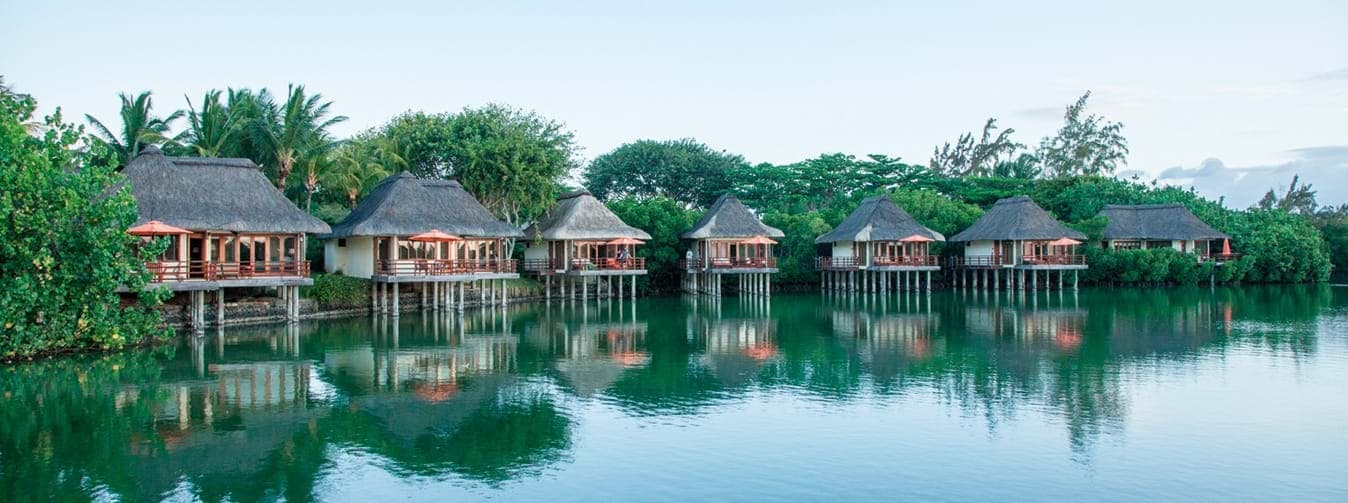
Constance Prince Maurice
The 86 room Constance Prince Maurice is located within sugar cane plantations, beachfront on the eastern shore of Mauritius’ Flacq District facing the Indian Ocean. Guest rooms are decorated with locally made textiles for a comforting and relaxing environment. The various suites and villas come in different configurations, some with outdoor showers, decks overlooking the water, private pools, and some even set on the beach. We love the Junior Suite on Stilts for a particularly romantic and peaceful experience (and incredible sunset views!)
The onsite Sisley spa is located in a secluded garden with treatment rooms and a heated thermal swimming pool. Additional amenities include a steam room, jacuzzi, chilled bath, and an extensive menu of facials and massages. Guests can enjoy many amenities including two swimming pools, a private beach with watersport activities, golf course, gym, beach volleyball, and tennis courts.
There are several unique dining options including Le Barachois, a candlelit experience of dining atop one of the restaurant’s 5 floating decks. 24-hour room service is also available!
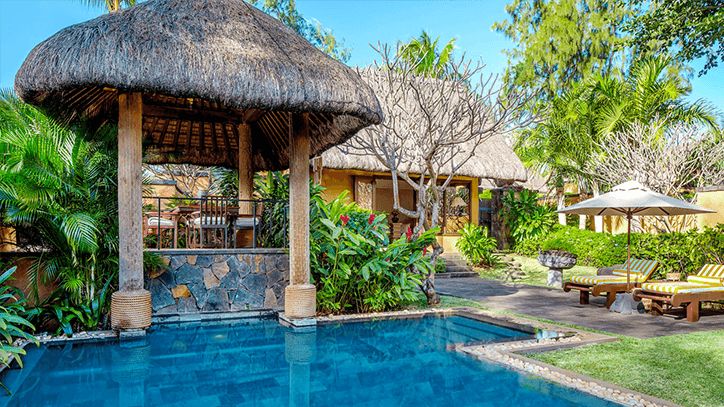
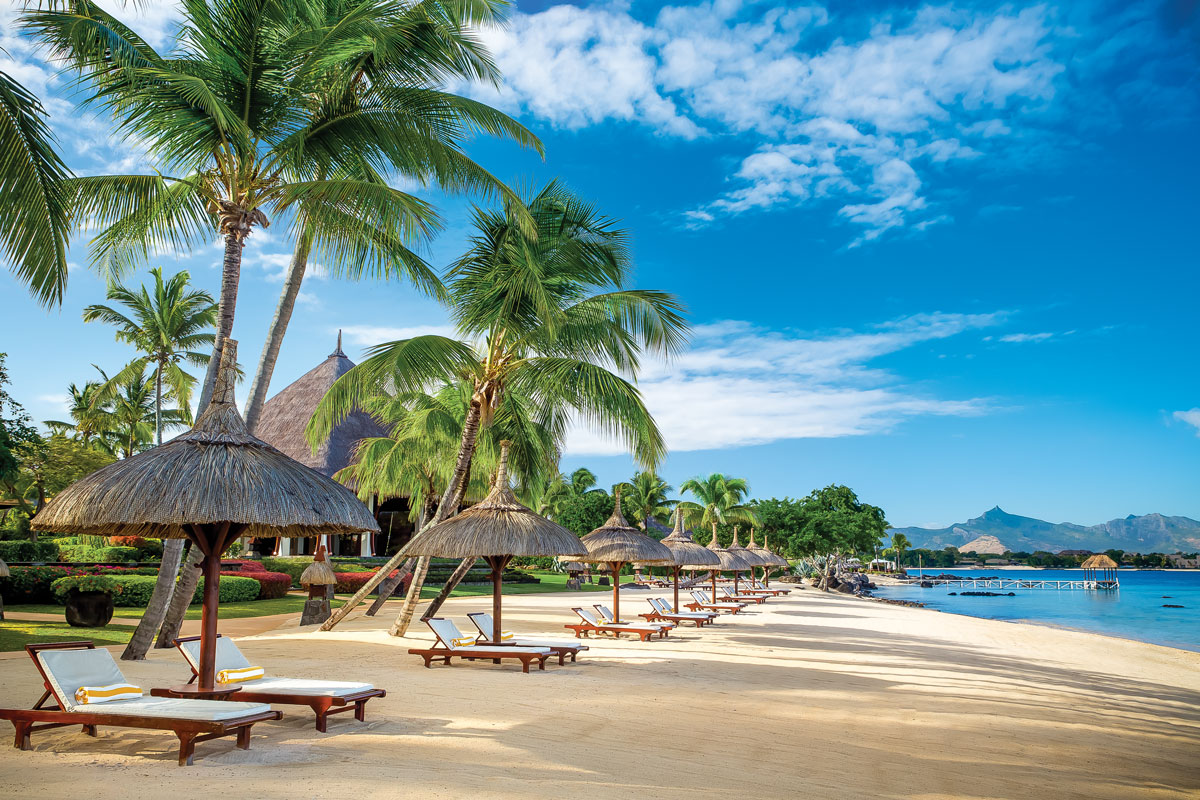
The Oberoi Beach Resort, Mauritius
The 71-room Oberoi Mauritius is set on 20 acres of lush subtropical gardens on the shores of Turtle Bay. The property was built on an area that served as a fortress in the mid-1700s and was important to the Mauritius defense system. Onsite there are restored 18th-century French relics, important pieces of Mauritian heritage. The property’s location on a 600 meter stretch of white sandy beaches allows guests to not only enjoy remarkable sunsets but also a variety of water sports that include scuba diving and parasailing.
Each room has a spacious terrace overlooking the gardens and waters of the Indian Ocean and luxurious sunken marble bathrooms. If interested in your own private garden or pool, the Oberoi offers several luxury villas.
There are a variety of restaurants and bars on-site serving traditional Indian and Mauritian cuisines as well as private dining options in the Gunpowder Room or Herb Trail. Other amenities here include an onsite spa, fitness center, tennis courts, yoga classes, and two swimming pools. Stargazing experiences and cooking classes are also available to guests.

